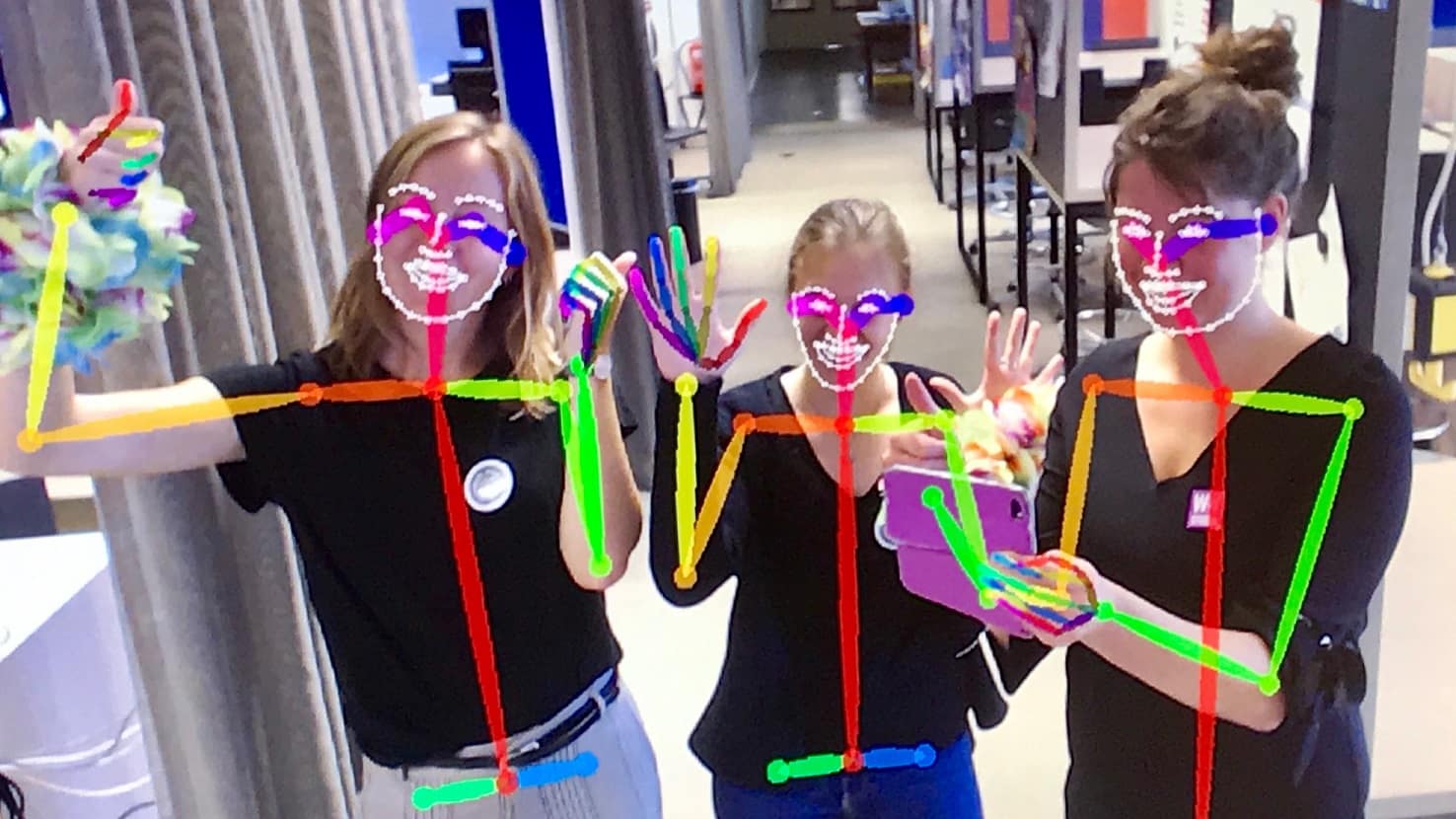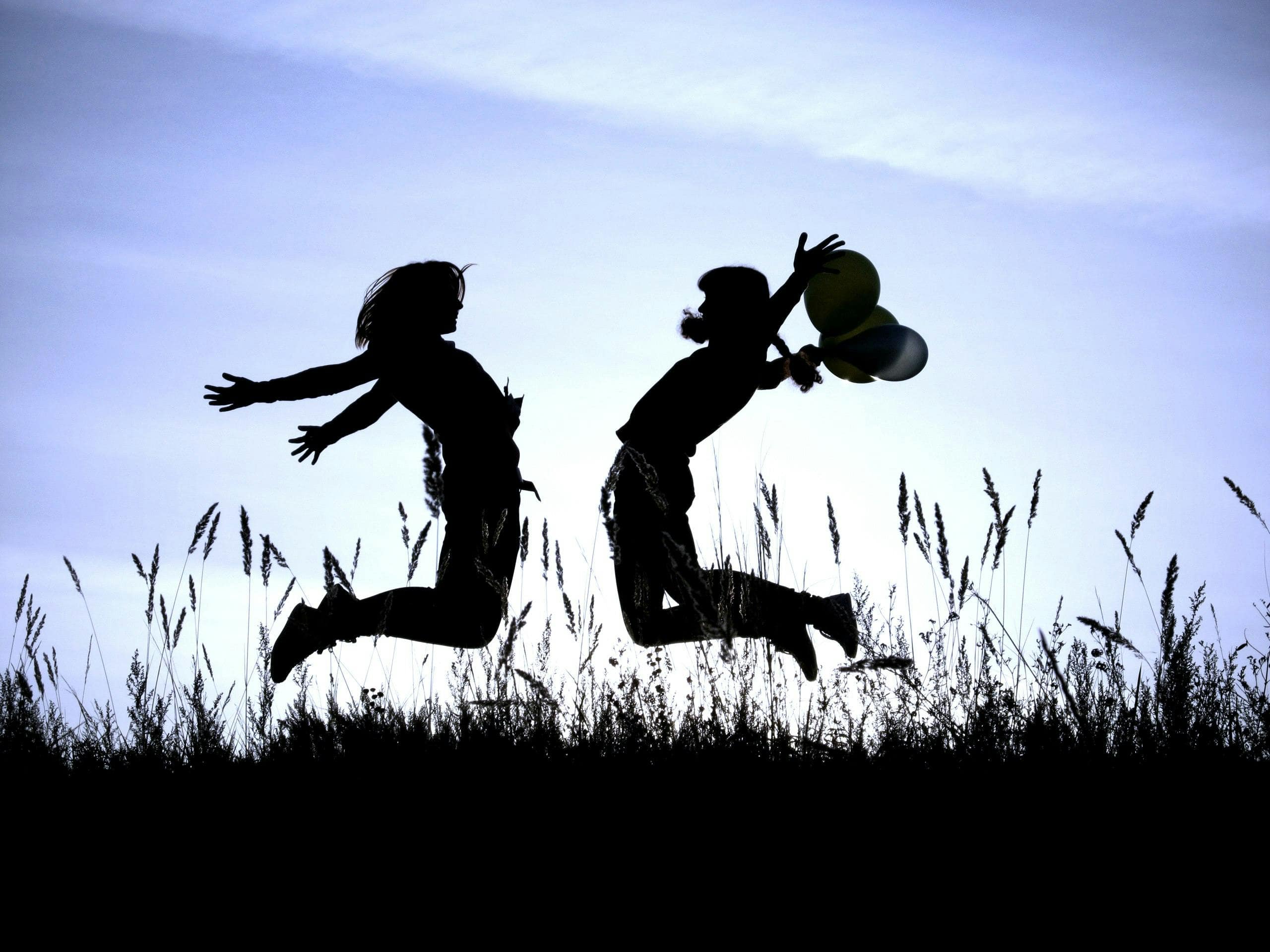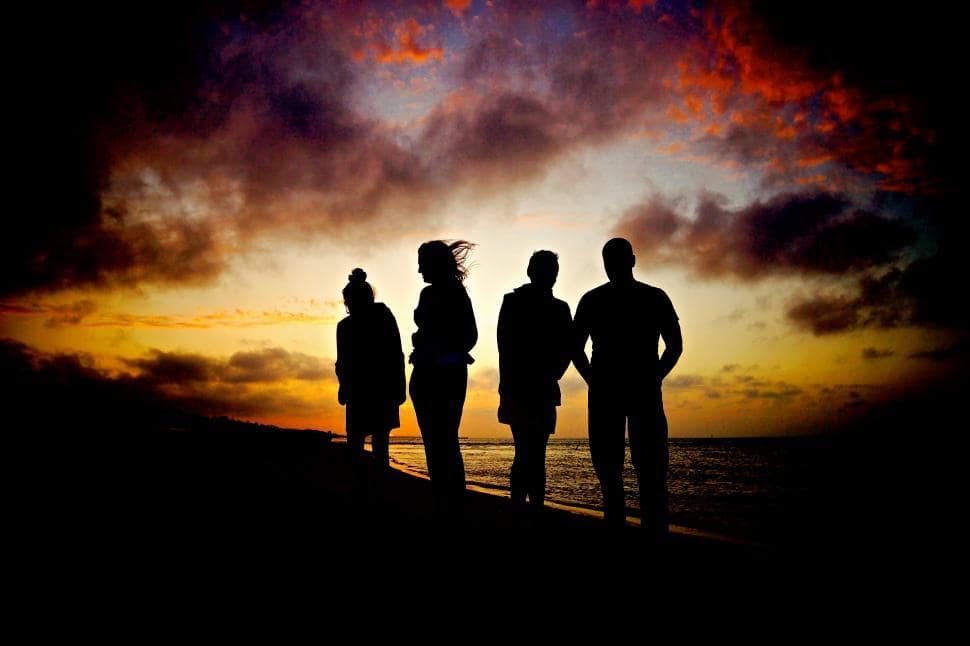
Doing science at the Weekend of Science
How can we show others, non-scientists, what it is that we do and love? This question was on the minds of many scientists, like me, while we prepared for the Weekend of Science (see also this blog post).
The faculty of Behavioral and Social sciences at the Weekend of Science
During the Weekend of Science, this past October, institutions all across the Netherlands opened their doors to show people the many different forms and shapes that science (and scientists) can take. The faculty of Behavioral and Social Sciences of the University of Groningen also participated. Among other things, visitors could cuddle with tarantulas to overcome their fear of spiders, attend lectures about happiness and other essential aspects of life, play with robot-dogs and teach them some tricks, and learn more about how their brain behaves when they see different things (see the [Dutch] video below for a nice overview of the activities).
Curiously, the faculty of Behavioral and Social Sciences of the University of Groningen was the only Social sciences faculty in the Netherlands that participated in the Weekend of Science. I am proud that we did participate, as there are many people who are eager to learn more about why humans behave the way they do. Participating in the Weekend of Science is thus a perfect opportunity to meet people’s curiosity. Furthermore, recent financial cutbacks for the Social sciences in the Netherlands have put a lot of pressure on these sciences. Now is the time to urgently show the important things that we, as social scientists, are contributing. And then there’s a third reason for specifically social scientists to participate: We study the behavior of humans.
Combining science communication and data collection
During the Weekend of Science, I demonstrated my research to visitors by indulging them in a real experiment, together with master students Marie Repgen and Ursula Lieuwes. When the doors of our faculty opened, lots of participants walked straight into our experiment about how people from different ages move when they speak. We asked participants to watch two cartoons and to tell us what they observed in the cartoons. In just 5 hours, we talked to more than 100 interested people about what, why, and how we (do) research. In these same 5 hours, 66 children and adults between 6 and 66 years of age participated in our experiment. It turns out that the people who are interested in the study of human behavior are also very willing to contribute to our understanding of it.
To make a success of our combined science communication and data collection activity, we adhered to the following norms about the study:
- Fun. We asked participants to watch two funny cartoons and tell us what they observed. Participants liked doing this.
- Short. The experiment lasted only 5 minutes, from the moment participants seated themselves to the moment they finished telling what they observed. The cartoons themselves lasted between 30 and 40 seconds.
- Simple. We only used a laptop, a video-camera, and a wearable microphone to collect the data. We used a folding screen behind participants to make sure that we did not video-record other people.
- Accessible. Our task was appropriate for a wide age range, from 6 to 100 years and beyond. In addition, the cartoons did not contain any language, so people from different backgrounds and languages could do the task.
- Intriguing. Participants could track their own body movements on site, in front of a webcam (when they were not engaged in the task itself). This sparked their interest and provided a glimpse of what we will do with the collected data.
What about you?
While not every study will fit within the format above, I believe there’s something in there for most social scientists who want to demonstrate their work to the public. Many people are very interested and motivated to learn more about our research, and we should not underestimate this! If you’re a social scientist, think about how you can demonstrate your research in an exciting way that shows people what you study, how you do this, and why this is interesting and important. If you’re someone who organizes science communication activities, such as the Weekend of Science, or activities at a science museum, think about how you can reach, invite, and support social scientists to showcase their research to others. More information for both scientists and organizers can be found over here and here, including some tips for how to set-up a collaboration.
I started this blog post with asking how we can show others, non-scientists, what it is that we do and love. My answer: One way to demonstrate this, is to simply do what we do and love.
Credits
This experiment is a collaboration between Wim Pouw and me. I would like to thank Christopher Heffner (University of Connecticut), UConn KIDS, and the Connecticut Science Center for teaching me about combining science communication with data collection in the context of the Living Laboratory, and supporting me with my research project over there.




Zo jammer dat er toen niet bij konden zijn op de universiteit. Leuk om nu te lezen en een klein beetje te zien van waar jij mee bezig bent